Description
Elegant Crystals presents “New York, New York”
Fluorescent Quartz from the Rocky Mountains
“The Pick of the Glitter”
America’s Finest Inner-Glowing Gem
Weight- 11.7 ounces 333 grams
Width- 6.5 inches
Retail Value: $15,000
This is one of the rarest crystals in the world!
Please take a few minutes to review my research on these amazing, new and rare crystals.
BACKSTORY OF THE GLOWING GEMS
Early in 2001, I received an interesting phone call from my friend Joseph, a mineral dealer. He said a fellow had dropped by to show him a batch of crystals for sale.
Joseph didn’t know what to make of it, as the crystals were small, gray, and supposed to be fluorescent.
Fluorescence in quartz was unheard of…..
When the miner, Stuart, showed up with his crystals and black light
(shortwave ultra-violet C light source), I was knocked out by the strange formations and unearthly colors!
Under ultra-violet light, almost all the pieces were slabs of glowing pink feldspar (known as microcline) with bright green glowing quartz growing on them in rows.
Under sunlight, the microcline is practically pure white.
On one side of the slabs were gray crystals that fluoresced green.
On the other side were dark green chlorite “phantom” crystals that did not fluoresce.
The chlorite and the fluorescent crystals never occurred on the same side.
The strangest thing was that all the crystals lined up in rows, like little crystal cities.
In between the rows were spaces that looked like streets.
These tiny neighborhoods expressed the feeling of cityscapes and skyscrapers in miniature.
The flat gaps looked like streets, boulevards and parks.
Upon closer examination, the quartz crystals showed inclusions in “phantom” patterns of fluorescence.
Typically, some crystal tips would have layers of glowing green under one or more facets.
The green, under shortwave light, has swirling patterns and feathery edges.
When I sent a crystal off for micro-probe spectrographic analysis, they found the inclusionary
mineral layers were so thin, and so interspersed with quartz, that they couldn’t determine what was in their chemistry.
We are still analyzing the trace metals and minerals.
The formation of the crystals in the pocket was unusual.
The crystal cave was shaped like a long vertical tube, with a smooth domed top.
Instead of coating the walls, the microcline plates were stacked up side by side, like books on a shelf.
The miners could shine lights between the plates, and see deep into the pocket through clear air gaps.
It’s a mystery how one side of the plate contained chlorite, and the other side has green fluorescence.
The two inclusions never mixed on the same side of the same crystal.
I suspect an ancient chemical/pressure/heat explosion must have melted some nearby rare-earth ores and rocks, then splashed them on the crystals.
I believe these stones have a very complicated chemistry and geological history.
There are many traces of exotic elements in them.
The chlorite, by itself contains:
magnesium
aluminum
iron
nickel
manganese
silicon
zinc
lithium
and calcium.
In addition, the glowing green color probably comes from chalcedony layers.
The fluorescent color activator is probably minute traces of uranium oxide.
These crystals were mined above the 13,000 foot altitude in the Rocky Mountains.
They are from a famous gem digging location called Mt. Antero.
This mountain, in the Sawatch Range of Colorado, is best known for its gem aquamarine crystals.
Dozens of other kinds of crystals are found there too, including fluorites, topaz, smoky quartz and phenakite.
The Mt. Antero aquamarines are so spectacular, that Colorado announced them as the state gemstone.
It was the aquamarines that first drew the miners to this area.
As they explored the mountain, one miner found a hole in the hillside that led to the fluorescent quartz pocket, now known as the Subway Mine.
This has to be the most dangerous mining locale ever found.
The hazards are numerous.
Because of the altitude, the area is iced over for 9 months of the year, and inaccessible.
In fact, during the mining season of late June, July and August, the miners had to excavate through ice layers to get to the quartz.
Each year the Subway cave would fill up with water and ice over.
The other hazards include:
oxygen deprivation from the altitude
sudden storms
lightning
flash floods
slippery precipitous roads
awkward boulders and landslides
hypothermia, frozen flesh
dehydration
rock falls in the cave.
To reach the Subway pocket, you have to drive for an hour up the mountain.
Then switch to an all-terrain vehicle for 90 minutes, followed by a 2-hour hike over boulders and loose gravel.
A misstep can send the unwary down hundreds of feet of mountainside.
All the freshly mined crystals were wrapped in newspaper, then hauled out in back packs.
The largest pieces were strapped to poles, and hefted out by two men at a time.
The miners made scores of trips to the mines, with varying degrees of success.
Here are some of my photos showing the crystals in sunlight, or shortwave UV-C black light, or a combination of the two light sources.
I specifically enjoy photographing the ones that are most city-like.
These alien landscapes look like they came from another planet, yet their architecture feels so familiar!
There is nothing else on earth like them.
Never has been, and possibly never will be again.
I bought a batch of these unique crystals in 2005, shortly after they were mined and identified as rarest fluorescent quartz.
There are several pieces available from 1 inch to 100 pounds.
For your ordering safety, we do not accept online payments.
Please phone, text or email Crystal Bill Kaunitz in California at
Phone/text 1-415-318-6717
[email protected]
We accept checks, PayPal, Zelle, debit/credit cards, bank wires and direct check deposits to Wells Fargo Bank.
Please inquire about shipping/delivery fees, or pick up your crystals at the Salinas, California warehouse, or at the Mountain View, California gallery.
California customers add 9.25% sales tax.
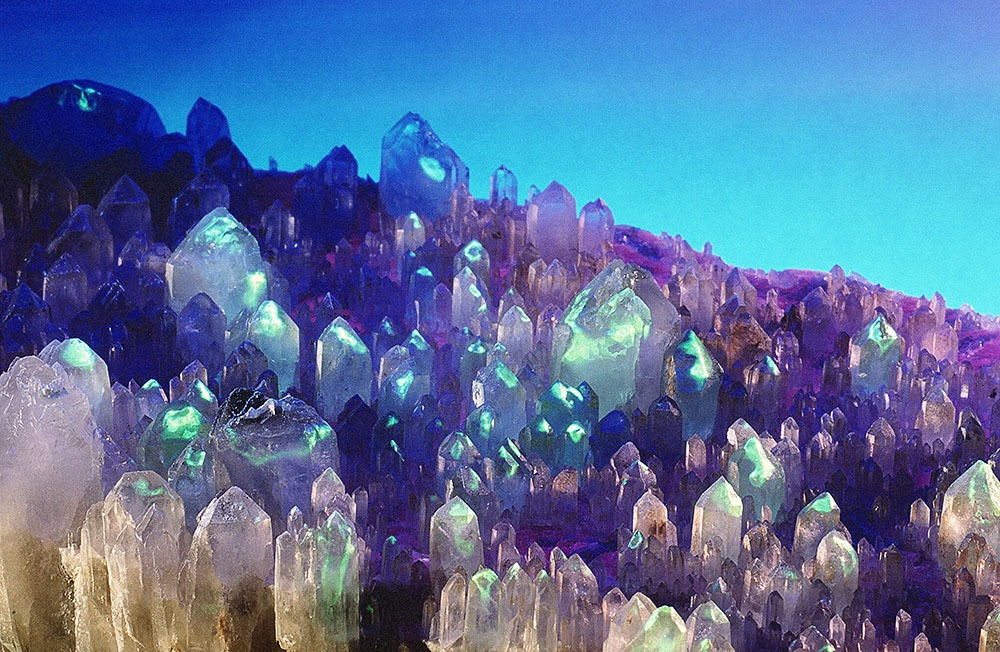
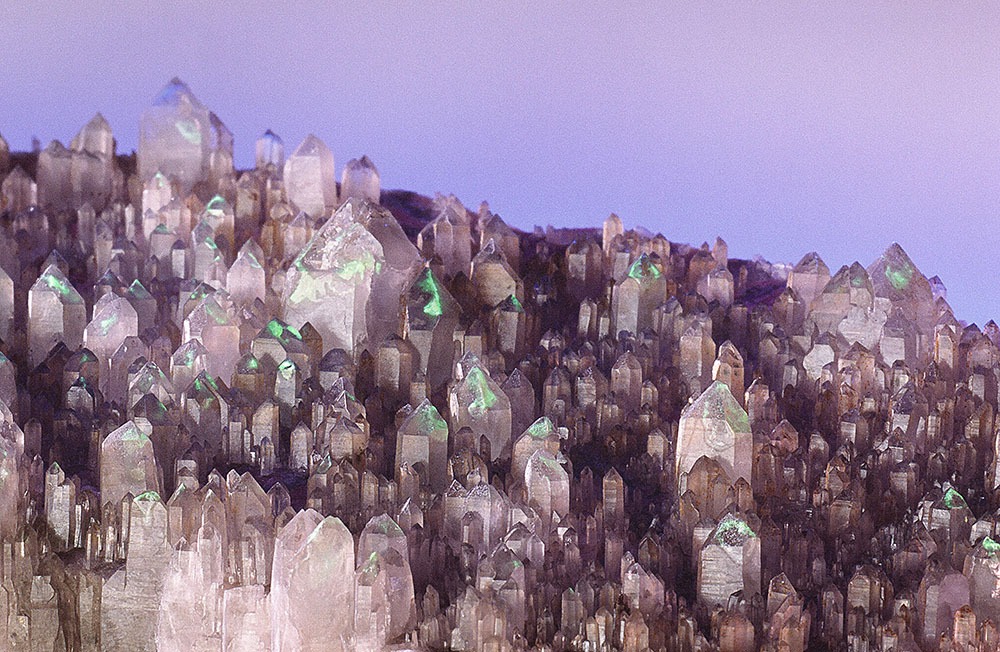
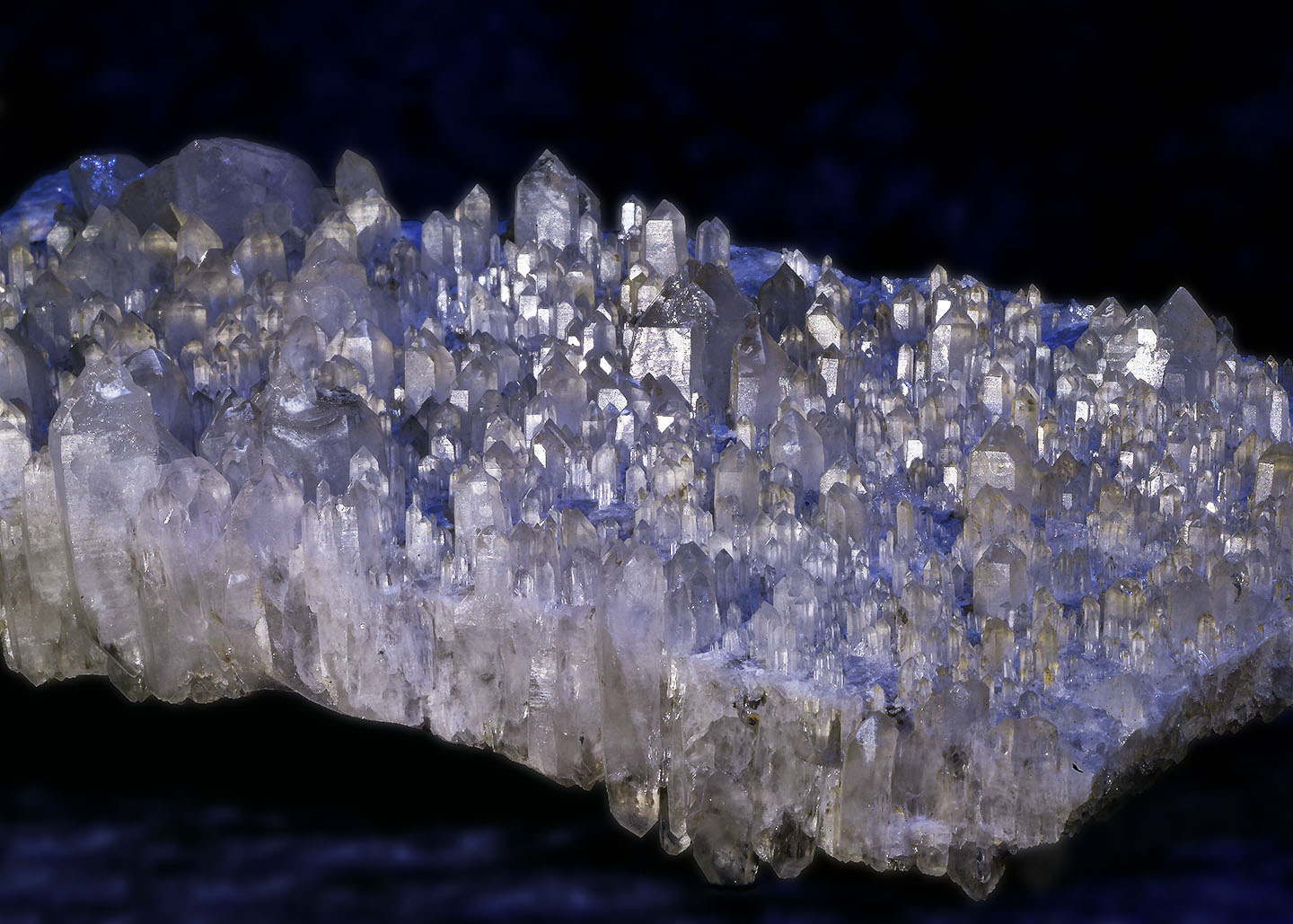
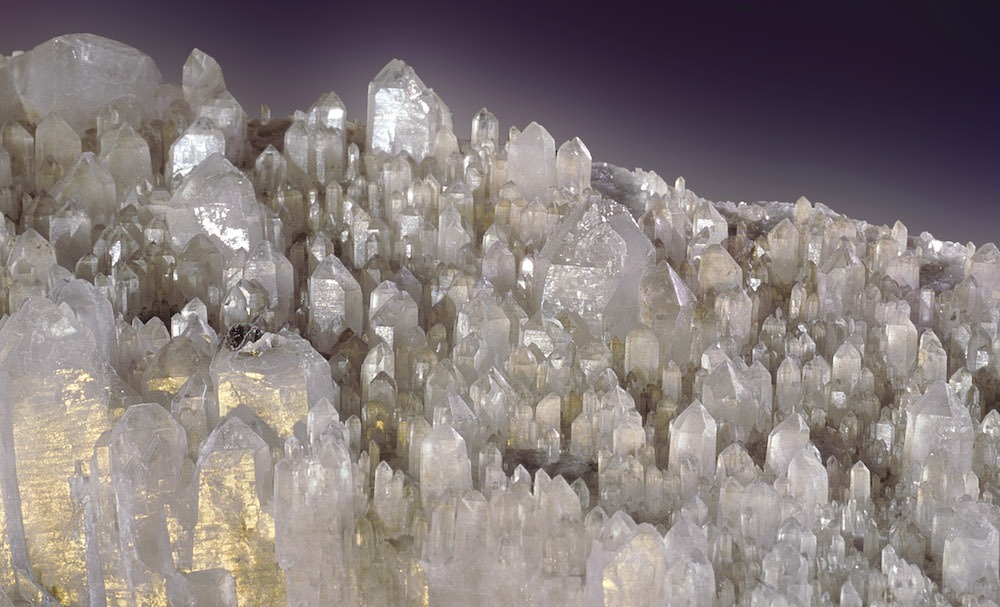
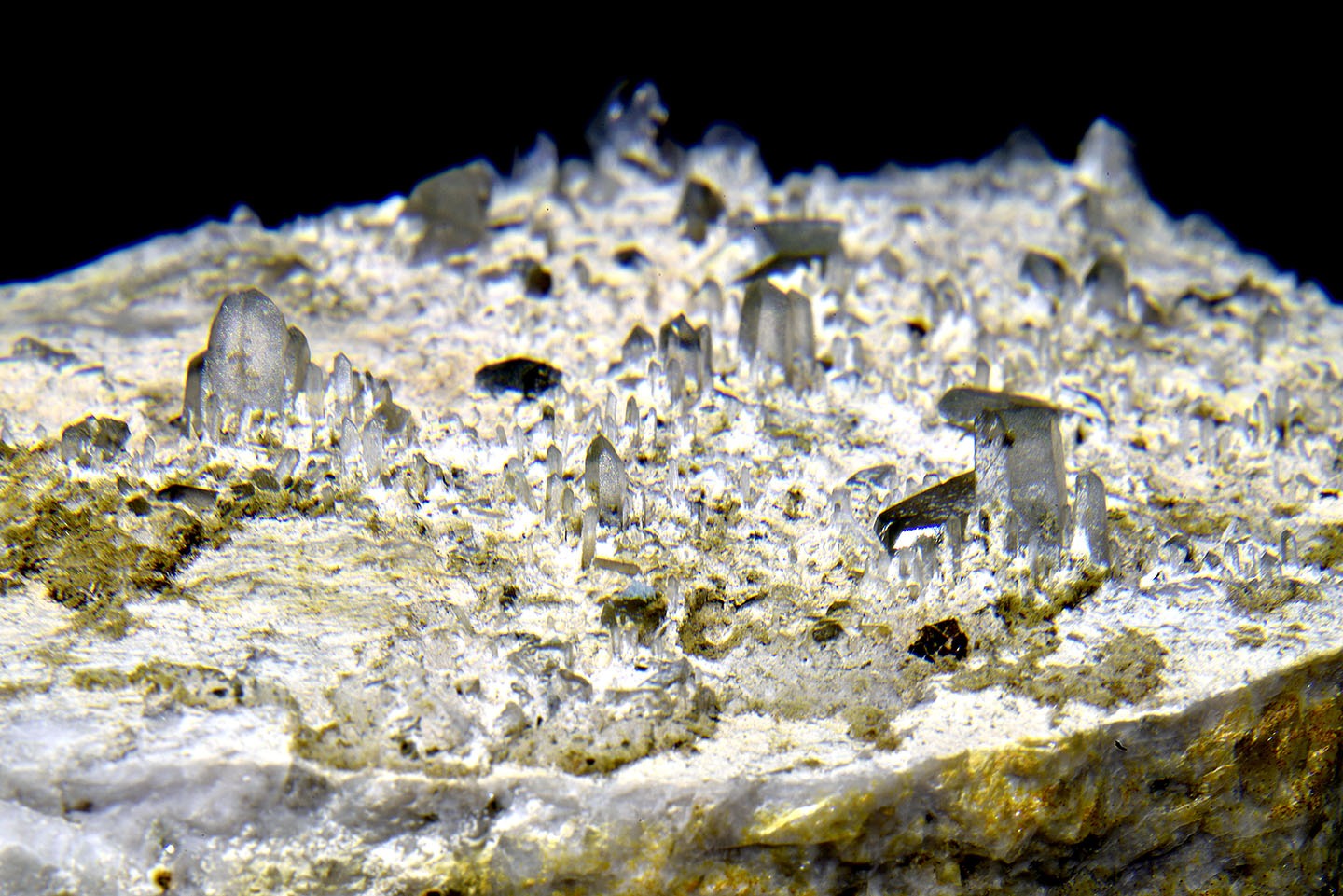
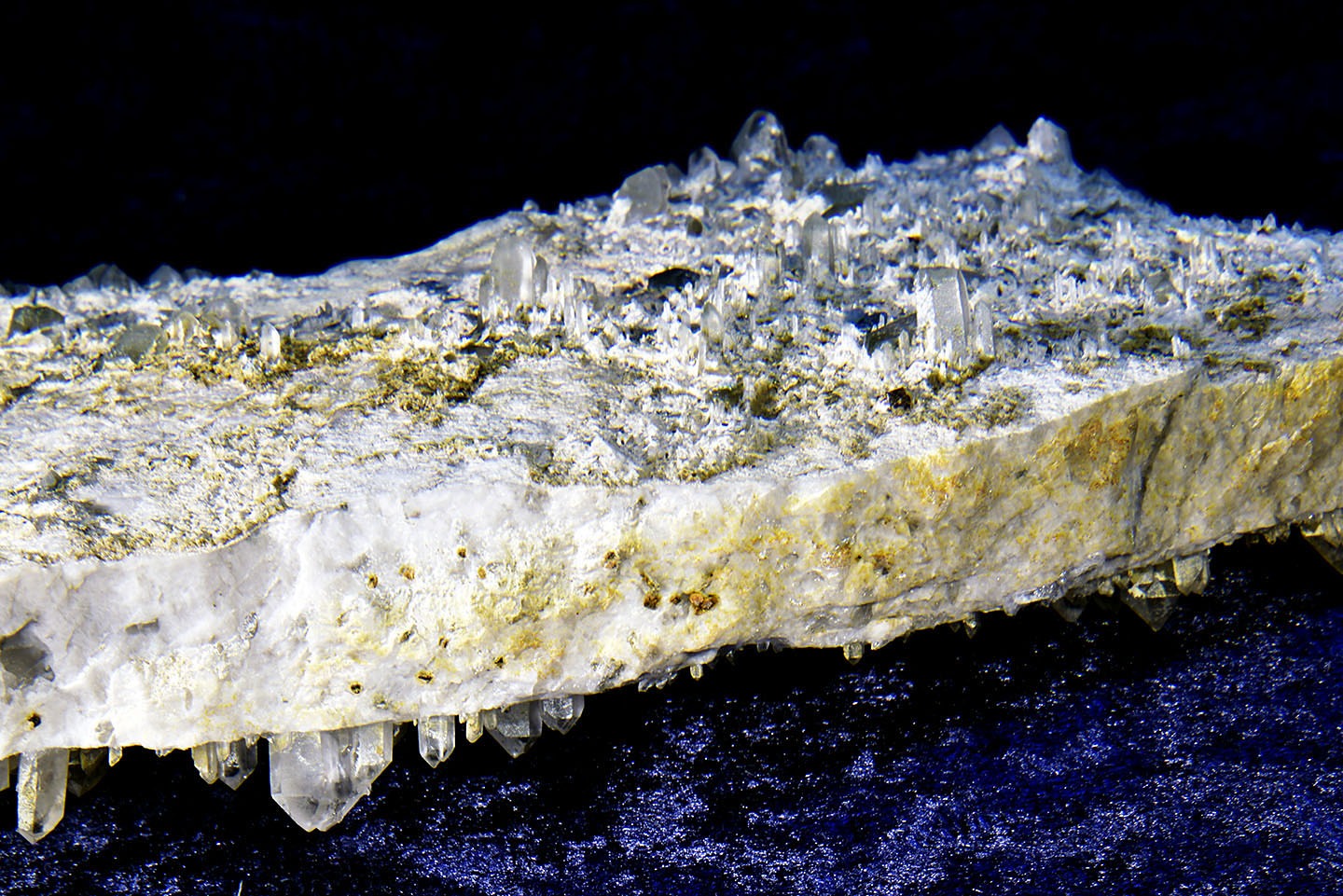
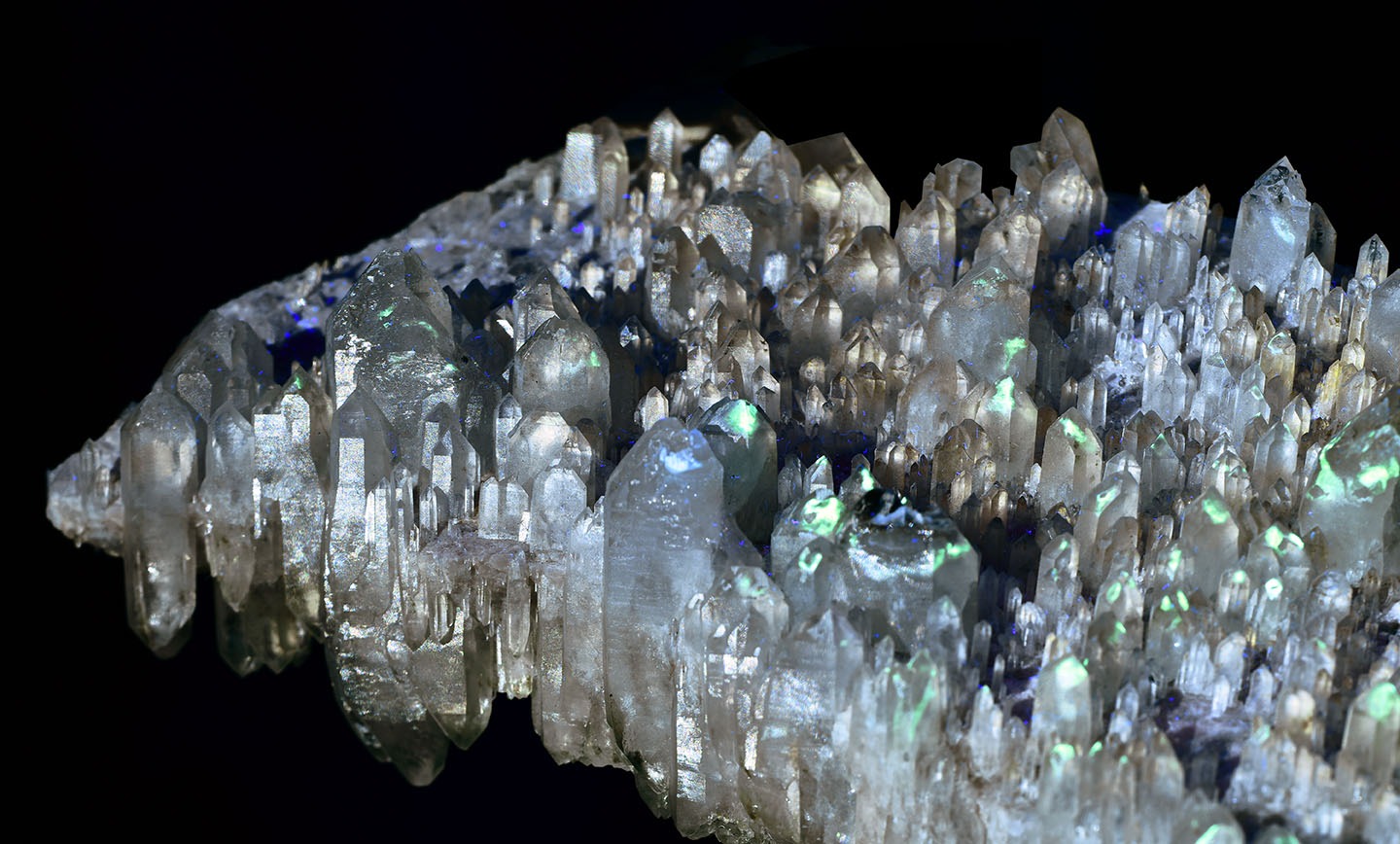
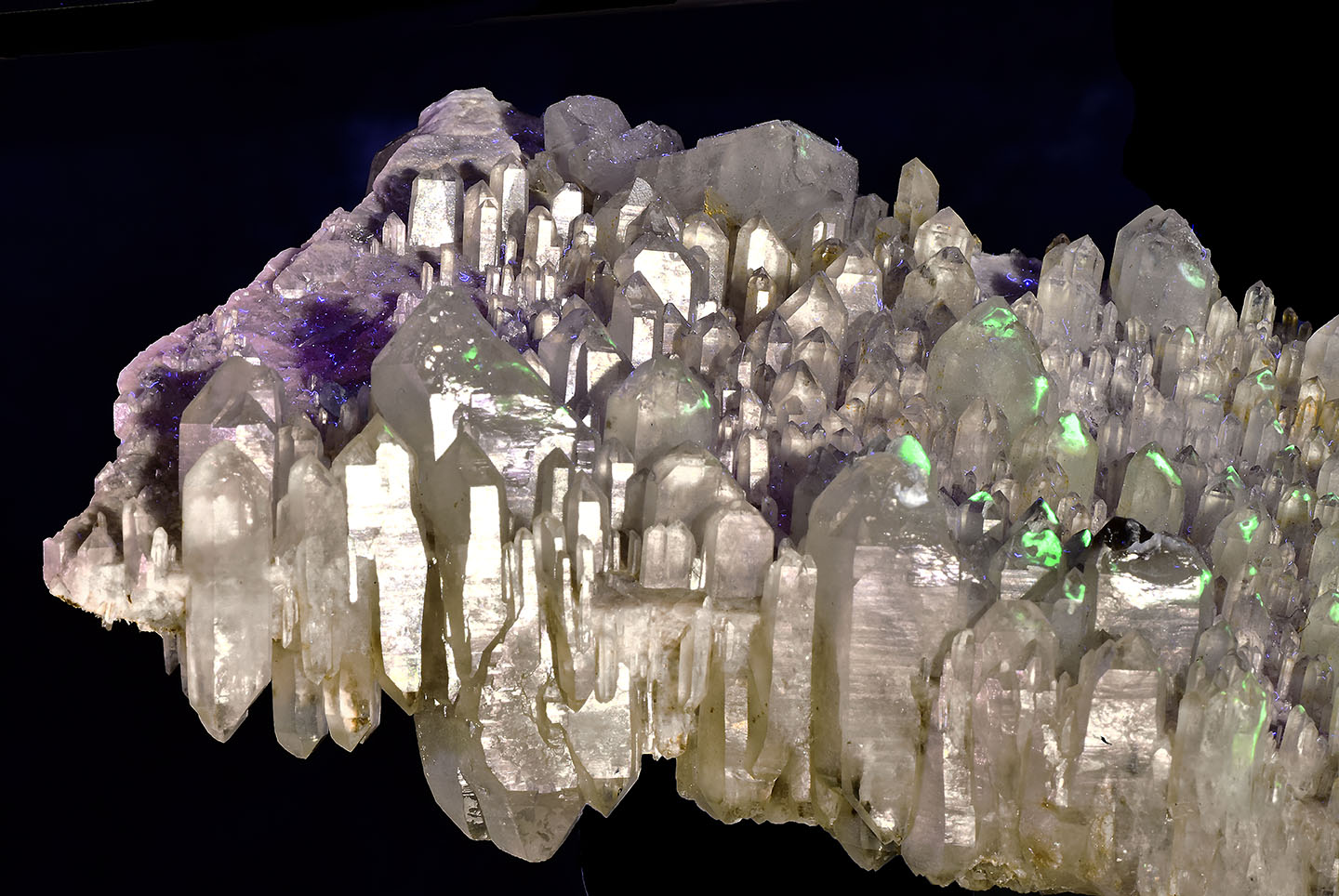

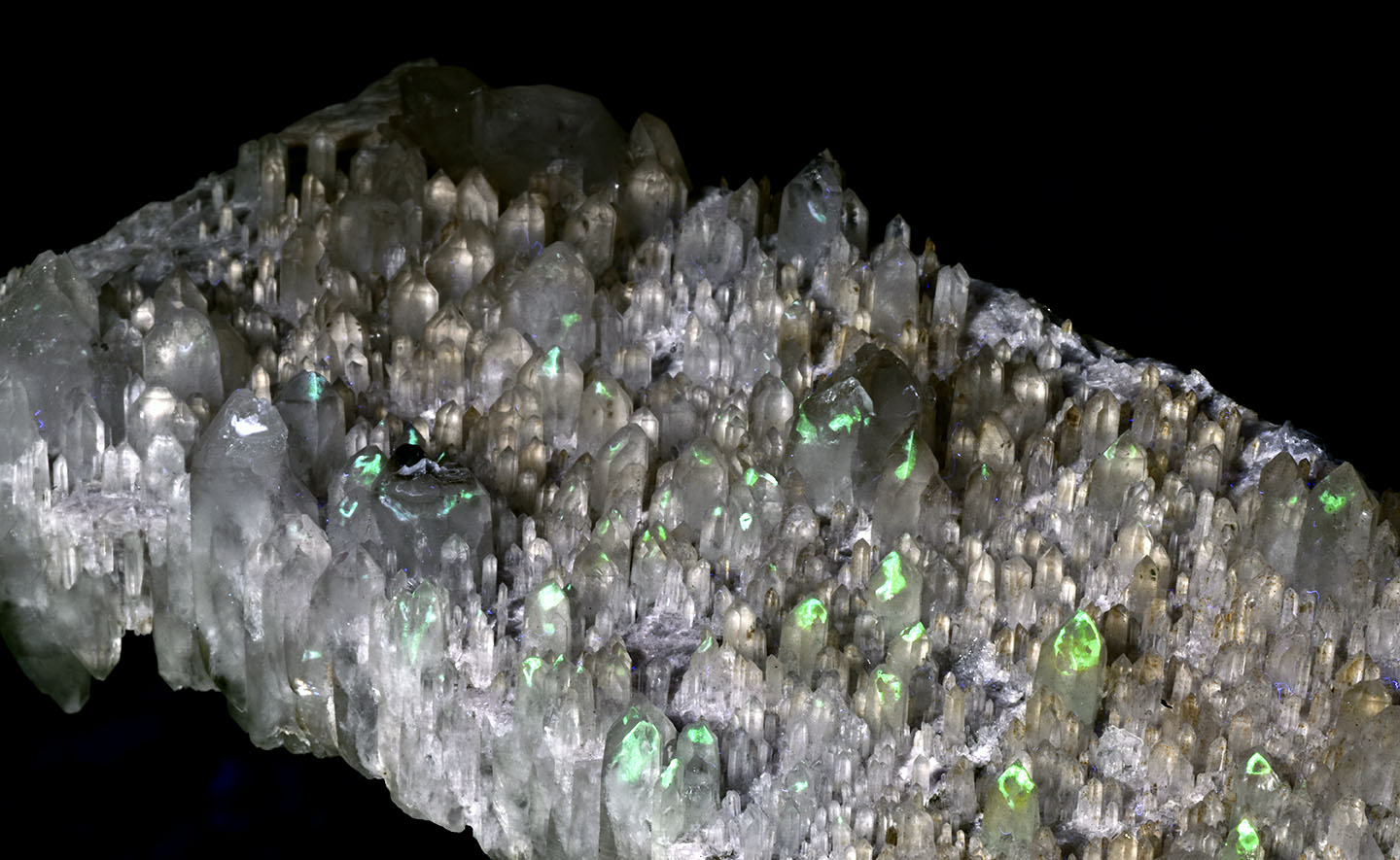
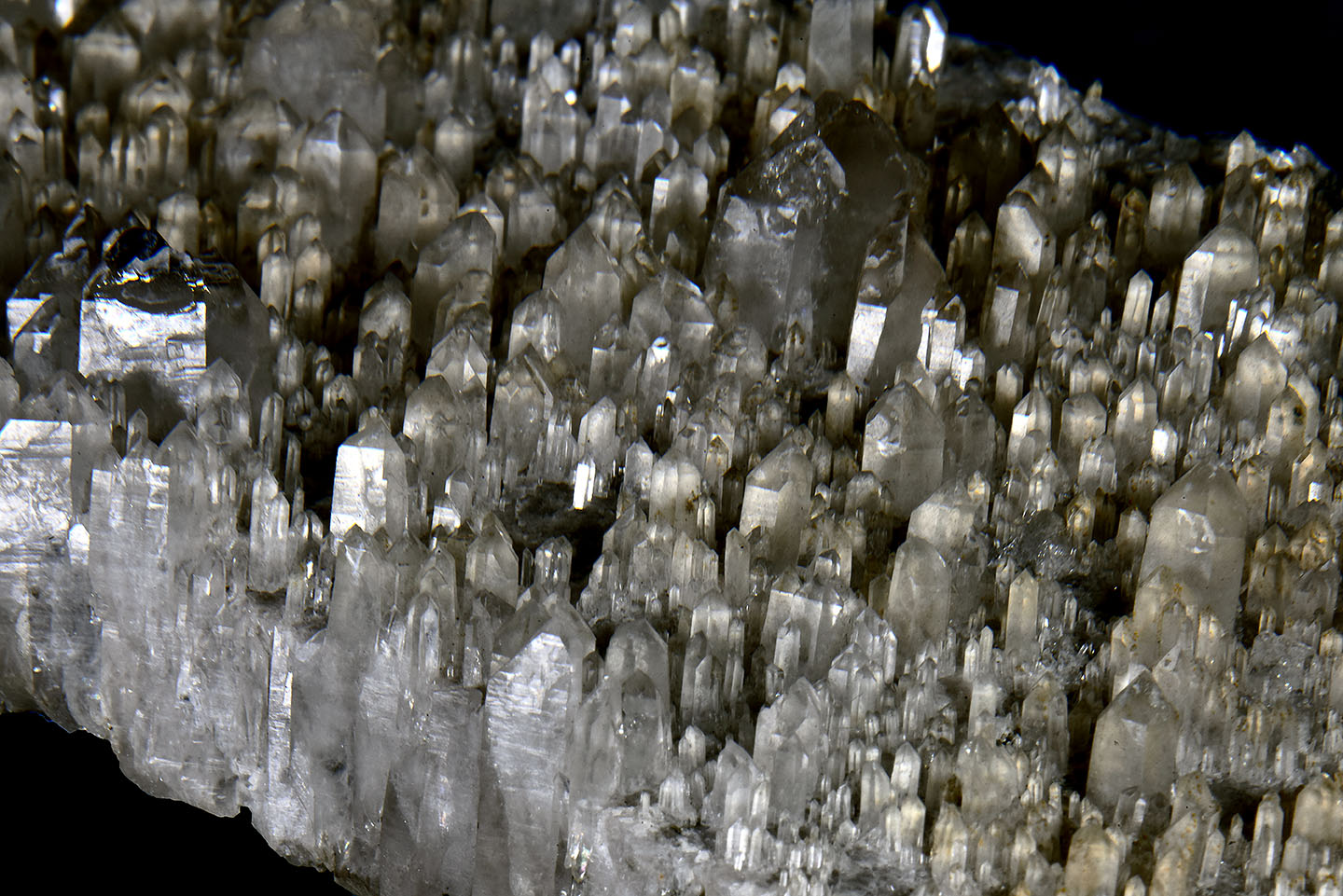
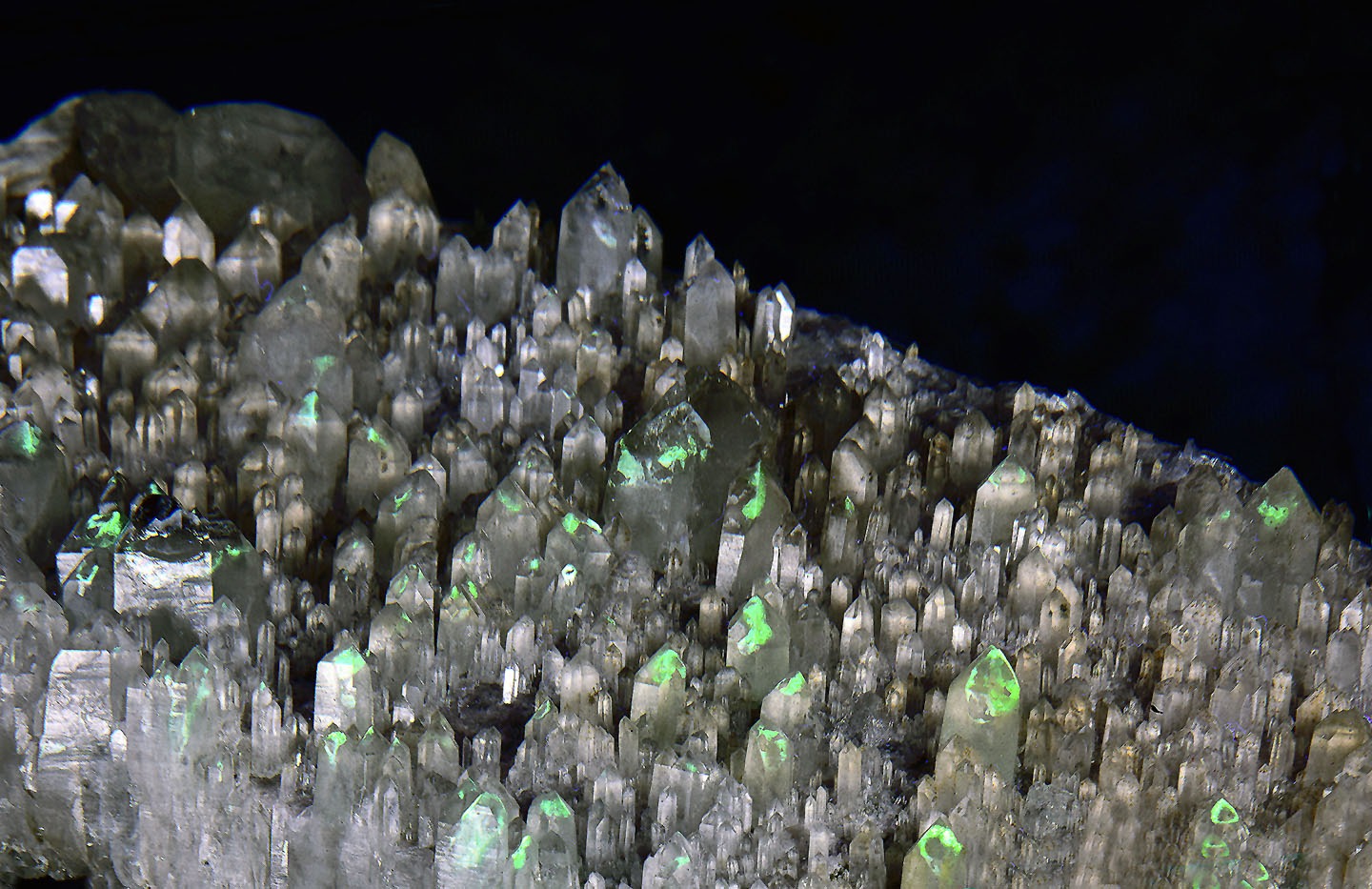
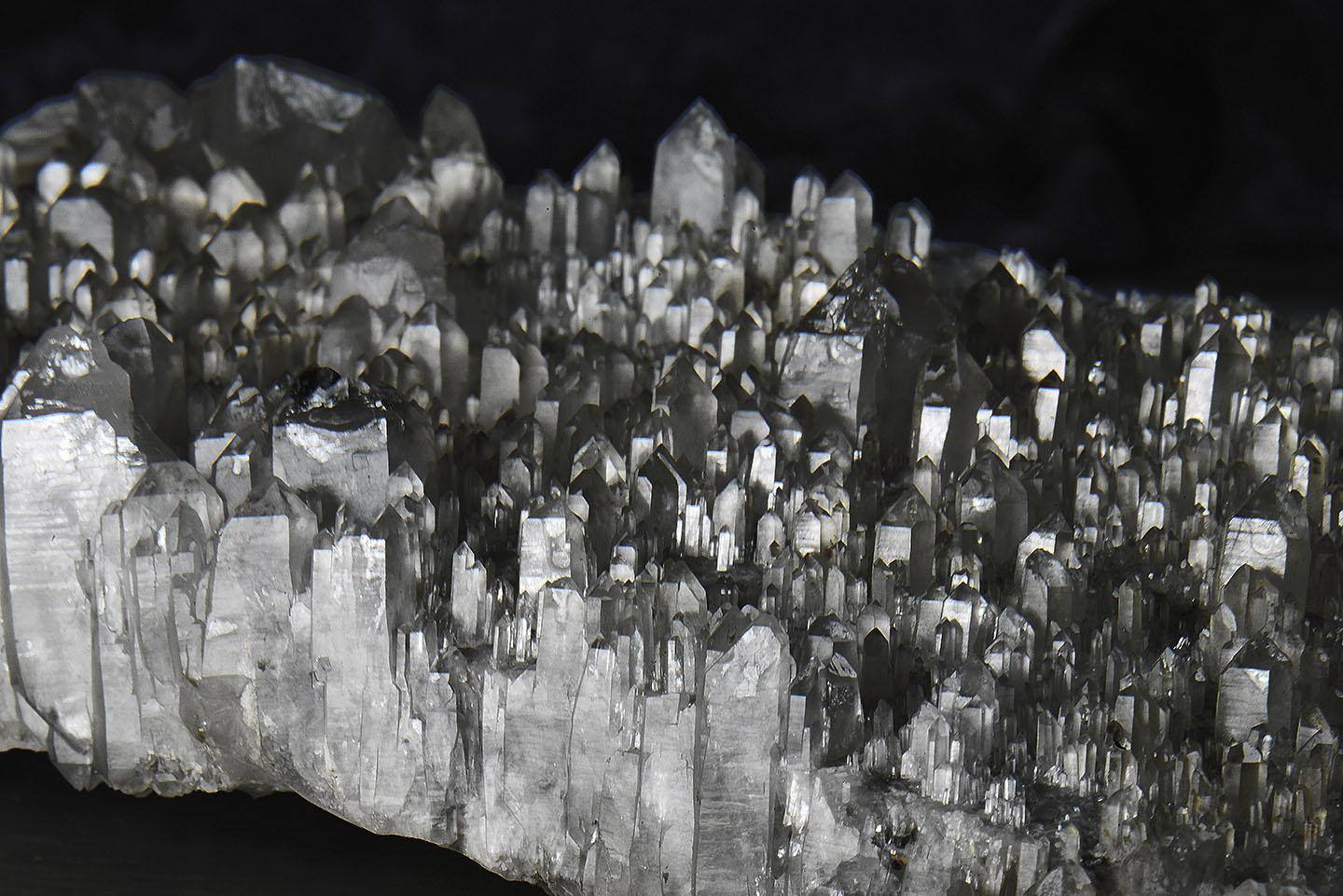
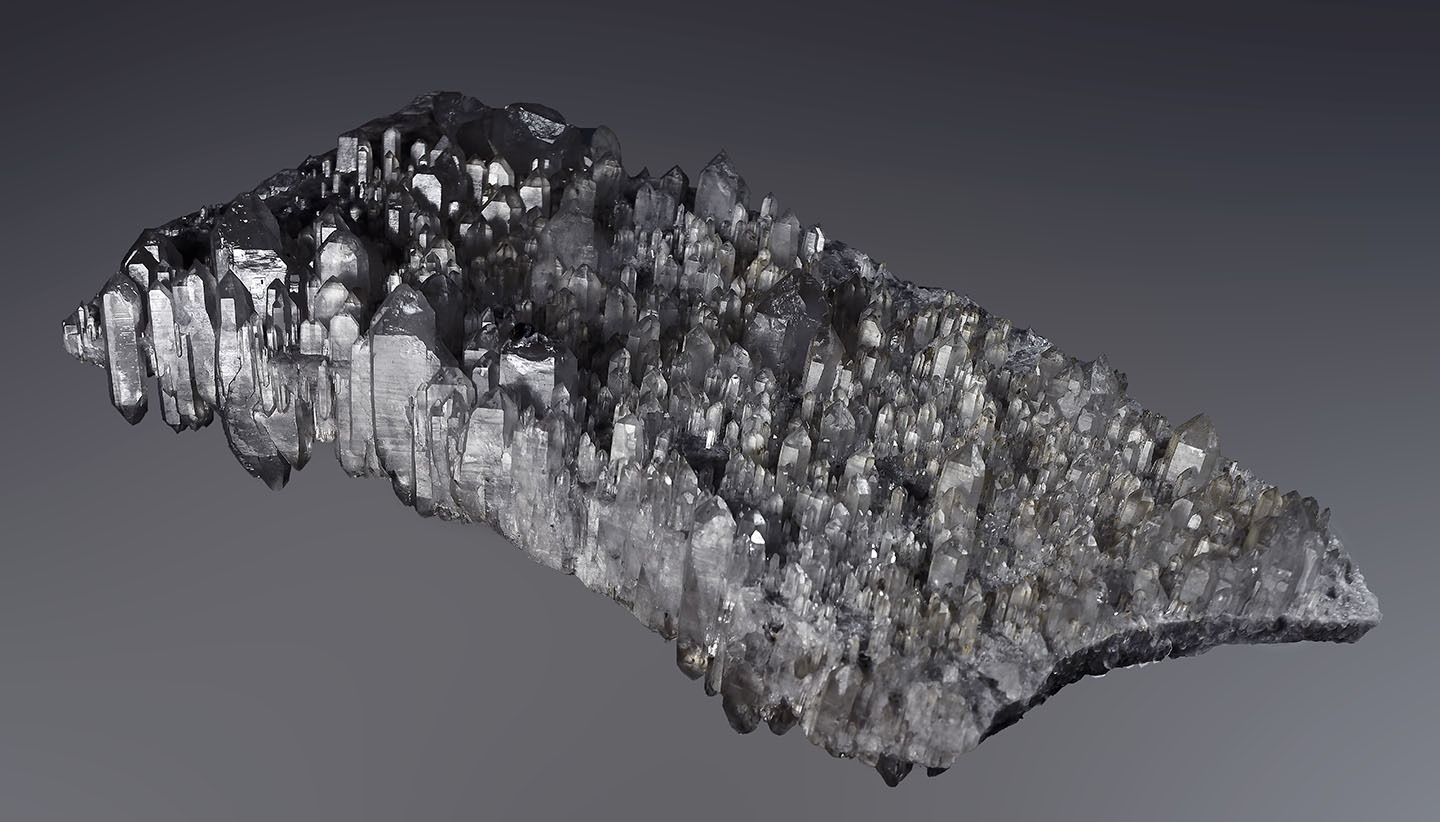
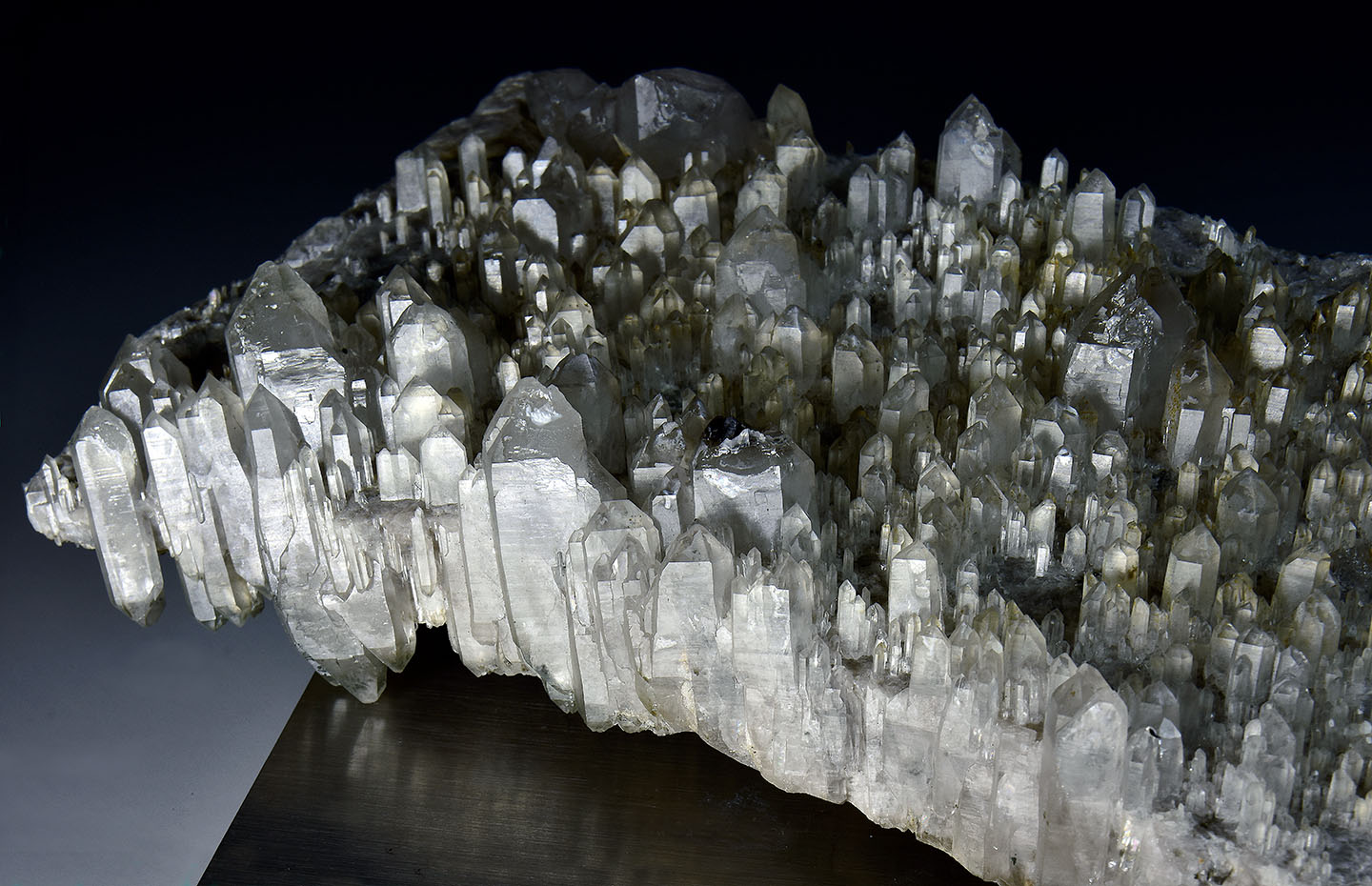
Reviews
There are no reviews yet.